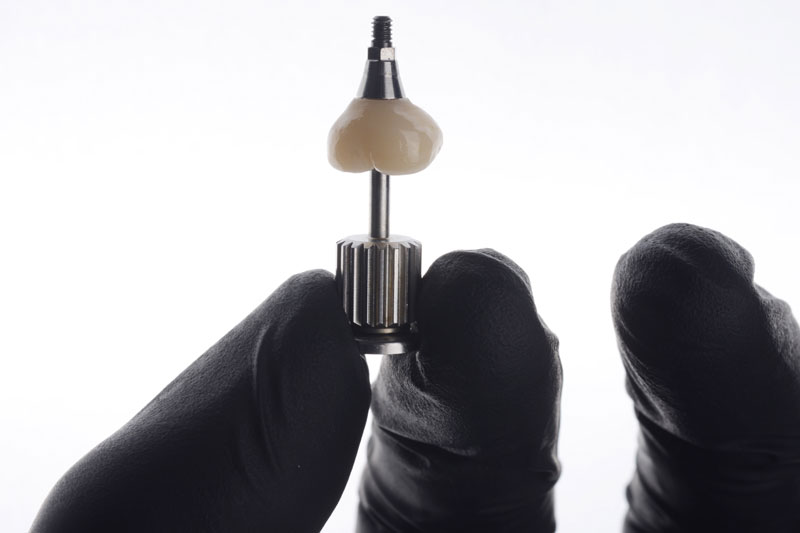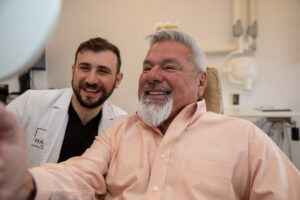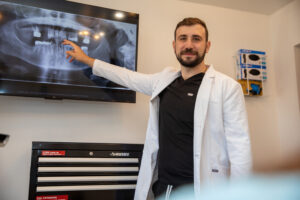Understanding the Fundamentals of Tooth Implant Procedures
Tooth implants are revolutionary in the sphere of restorative dentistry, offering a permanent solution for those seeking enhanced function and aesthetics in their smile. They serve as artificial tooth roots, typically made from titanium, which are surgically embedded into the jawbone. The primary purpose of a tooth implant procedure is to provide a sturdy foundation for replacement teeth that look, feel, and function like natural teeth. Ideal candidates for this procedure are individuals with healthy gums and sufficient bone density to support the implant. By opting for dental implants, patients not only fulfill essential functional needs but also enhance their oral appearance significantly. Moreover, implants prevent bone loss, which is a common consequence of missing teeth, thereby preserving facial structure.
By definition, a tooth implant is much more than just a dental appliance; it represents a seamless integration of restorative artistry and advanced medical techniques. The advantages extend beyond appearance, encompassing substantial improvements in both oral health and quality of life. For those suitable candidates who undertake this transformative journey, the rewards are considerable and enduring. The learning curve for understanding “what is a tooth implant procedure” varies, but its successful implementation promises long-lasting benefits. While dentistry continuously evolves, the concept of implants remains a pivotal cornerstone. Patients find that with each advancement, the process becomes less invasive and more effective, offering renewed confidence and satisfaction in everyday life.
The Comprehensive Stages of Tooth Implantation
The journey of tooth implantation begins with an in-depth consultation and examination, ensuring that patients are fully informed and prepared. During the initial phase, the dental professional evaluates the patient’s oral health, along with conducting necessary diagnostic imaging to ascertain jawbone condition. A detailed treatment plan is then crafted, mapping out each step of the journey towards achieving a restored smile. The procedure’s precision is enhanced by the use of advanced imaging techniques, which guide the process with remarkable accuracy. This strategic planning phase sets the foundation for a successful implantation, minimizing potential complications. Subsequently, the surgical placement of the implant is executed, with utmost care, into the jawbone.
Following the surgery, the healing process is crucial and known as osseointegration, where the implant naturally fuses with the bone. This phase can take several months, during which temporary crowns may be provided to maintain aesthetics and function. During the healing period, regular dental visits ensure the bone and implant integrate seamlessly, paving the way for the placement of a permanent crown. Transparency and patient education are prioritized throughout the procedure, fostering a trusting and informed relationship between the patient and dental team. Each stage serves a vital role, underscoring the immense attention to detail required in crafting a successful dental implant experience. Ultimately, this meticulous process culminates in a durable, natural-looking tooth replacement that enhances both function and aesthetics.
Evaluating the Advantages and Challenges of Implant Dentistry
Dental implants offer a host of benefits, setting them apart from traditional tooth replacement solutions such as dentures or bridges. Their superior durability means that with proper care, implants can last decades, often a lifetime, providing excellent value for the investment. They promote better oral health by maintaining the structural integrity of surrounding teeth and preventing the shifting that can occur with some dentures. Aesthetically, implants blend seamlessly with natural teeth, providing a harmonious and attractive smile. Furthermore, they enhance self-esteem and confidence, allowing patients to speak and chew without worry. However, like any medical procedure, certain considerations must be evaluated to ensure optimal outcomes.
The decision to proceed with dental implants requires a careful assessment of factors such as bone health, gum condition, and overall wellness. Potential challenges, including the healing duration and the possibility of secondary procedures like bone grafting, are important to discuss. However, advances in technology continually mitigate these risks, making implants an increasingly viable option for many patients. As the decision-making process unfolds, having a trusted dental provider who can offer personalized advice and guidance is invaluable. Despite the complexities, the satisfaction and quality of life improvements often realized post-procedure make implants a compelling choice for those seeking a reliable solution to missing teeth. The conduit to restoration lies in clarity of information and skillful execution.
Leveraging Advanced Implant Technologies
The field of dental implants has witnessed remarkable progress, primarily due to the incorporation of innovative technologies like 3D imaging and digital scanning. These advancements have revolutionized the accuracy and comfort of the procedure, allowing for precise mapping and placement of implants. Utilizing guided surgery, dentists can plan the implant’s position with digital tools, ensuring minimal invasiveness and superior results. This precision hastens healing times and significantly reduces procedural risks, offering patients a streamlined experience. As technology evolves, so too does the potential for enhancing the quality and accessibility of implant dentistry. Patients stand to benefit from an increasingly personalized approach to dental restoration.
Cutting-edge techniques continue to redefine the possibilities within implant dentistry, pushing the boundaries of what can be achieved. The emphasis on safety, patient comfort, and outcome efficacy guides these innovations, reflecting a commitment to excellence in dental care. Interventions such as virtual simulations and computer-aided design create detailed blueprints for treatment, enabling practitioners to visualize outcomes prior to surgery. Embracing these tools, dental practitioners maximize the potential for success, aligning the procedure with the highest standards of patient-centered care. The ongoing integration of technology and dentistry promises not just restoration, but transformation, inviting patients into a new era of dental wellness.
Are you ready to restore your smile at our skilled and trusted dental practice? Don’t wait to get the smile of your dreams with us. Get in contact with our doctor, Dr. Harmouche and our exceptional team at our practice to schedule an appointment today!






